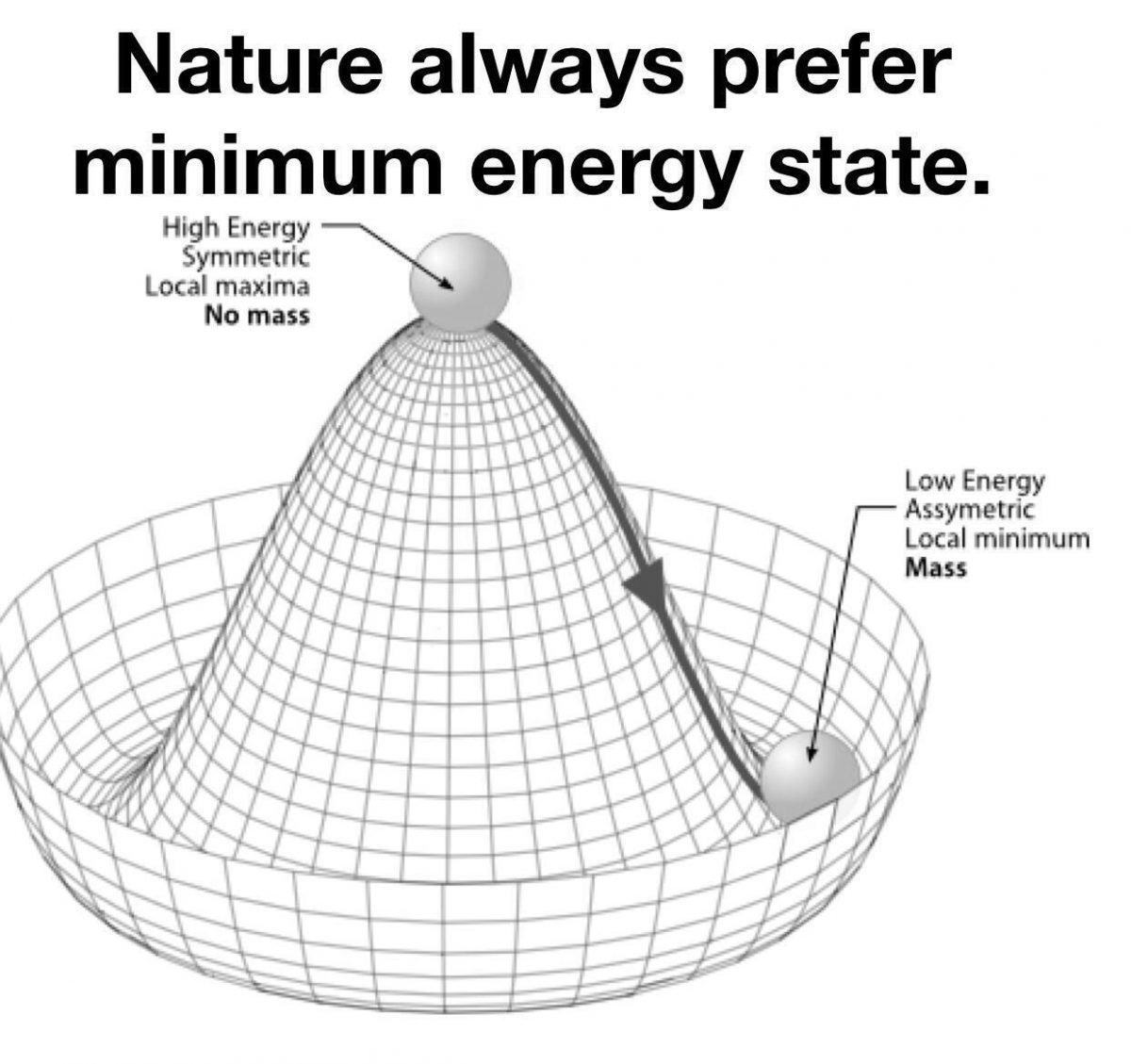Introduction:
In the complex landscape of decision-making, the Principle of Minimum Energy emerges as a compelling mental model. This principle suggests that individuals, driven by a desire for efficiency and conserving energy, tend to make choices that minimize effort and maximize comfort. Anchored in human psychology, this principle influences our daily lives, shaping personal decisions, business strategies, and even public policies. However, succumbing to this fallacy can lead to irrational decision-making, often contrary to our best interests. By understanding the psychological biases that contribute to the Principle of Minimum Energy, we can develop strategies to identify and mitigate its effects, enabling more objective and optimal decision-making.
The Principle of Minimum Energy in Action:
- Personal Life Decisions: Consider a scenario where an individual is faced with the decision to embark on a new career path. They have an opportunity to pursue a profession that aligns with their passion, but it requires significant effort, retraining, and a potential decrease in immediate financial stability. However, an alternative option is available—an easier, familiar path that promises comfort and minimal disruption to their current lifestyle. Driven by the Principle of Minimum Energy, they may opt for the latter choice, ignoring the potential long-term benefits of personal growth and fulfillment. This mental bias prevents individuals from exploring new horizons and limits their potential for personal development.
- Business Scenarios: In the realm of business, the Principle of Minimum Energy can manifest in various ways. Consider a company faced with the decision to invest in innovative technologies that could streamline operations and boost productivity in the long run. However, the implementation of such technologies requires upfront costs, training, and potential disruptions to existing processes. The decision-makers, influenced by the desire to avoid short-term challenges and effort, may choose to maintain the status quo instead. As a result, the company misses out on potential competitive advantages and falls behind industry trends, compromising its long-term success.
- Public Policy-Making: Public policy decisions can also be susceptible to the Principle of Minimum Energy. For instance, imagine a government confronted with the need to address a pressing social issue such as affordable housing. The policymakers may face a choice between implementing comprehensive reforms that require extensive planning, coordination, and financial investments or opting for short-term, superficial measures that provide the appearance of progress without substantial effort. By succumbing to the Principle of Minimum Energy, policymakers may choose the path of least resistance, neglecting meaningful, long-term solutions. This can result in persistent societal problems and missed opportunities for genuine change.
Psychological Biases and Underpinnings:
The Principle of Minimum Energy is closely intertwined with several cognitive biases and psychological underpinnings that contribute to irrational decision-making. One prominent bias is the status quo bias, where individuals exhibit a tendency to stick with familiar options and resist change. This bias stems from a fear of the unknown and the energy required to adapt to new circumstances. Similarly, the cognitive bias of loss aversion leads individuals to overvalue perceived losses, making them resistant to decisions that involve effort or risk. These biases, coupled with our inherent cognitive laziness, perpetuate the Principle of Minimum Energy and hinder objective decision-making.
Avoiding the Trap:
Recognizing when we are succumbing to the Principle of Minimum Energy is key to overcoming its influence. Here are some strategies to avoid this mental trap and promote more objective decision-making:
- Conscious Awareness: Cultivate self-awareness and actively identify situations where the Principle of Minimum Energy may be at play. Challenge the impulse to choose the path of least resistance and question whether it aligns with your long-term goals and values.
- Consider Long-Term Benefits: Take a holistic view of decisions and evaluate their potential long-term advantages. Acknowledge that short-term discomfort or effort may yield greater rewards and personal growth in the future.
- Seek Diverse Perspectives: Engage in dialogue with others who may offer alternative viewpoints. By embracing diverse perspectives, you can gain a broader understanding of the potential consequences and trade-offs associated with different choices.
- Mitigate Cognitive Biases: Familiarize yourself with common cognitive biases and how they intersect with the Principle of Minimum Energy. Actively challenge these biases by seeking objective information and considering multiple perspectives before making decisions.
Conclusion:
The Principle of Minimum Energy presents a powerful mental model that influences our decision-making processes. By recognizing the prevalence of this principle in our lives, understanding the cognitive biases that contribute to it, and implementing strategies to mitigate its effects, we can make more rational choices. Through conscious awareness and a willingness to embrace discomfort and effort, we can break free from the limitations imposed by the Principle of Minimum Energy. By doing so, we unlock the potential for personal growth, business success, and meaningful societal change. Let us strive for decision-making that transcends the fallacies of convenience, leading us to a more fulfilling and prosperous future.
